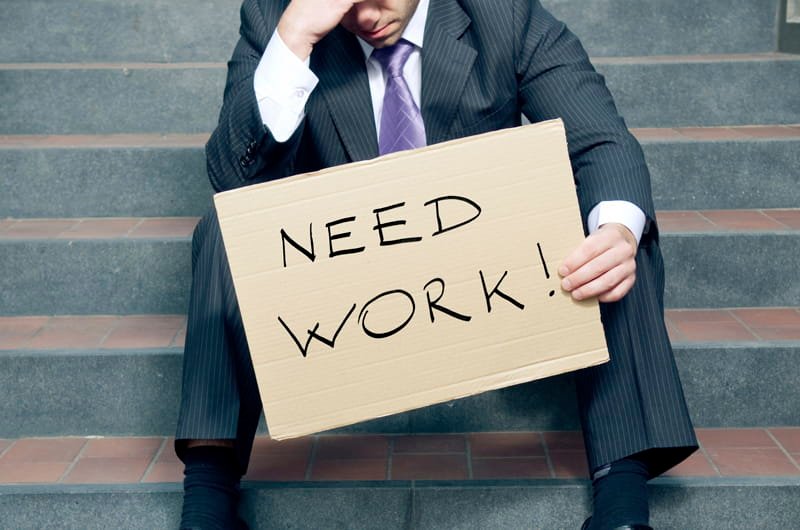ArdorComm Media News Network
August 7, 2025
Although the broader US job market appears relatively stable — with July’s national unemployment rate standing at 4.2% — a closer look reveals a troubling trend among young men. Unemployment among males aged 20 to 24 has surged to 8.3%, a level commonly associated with economic recessions. For recent male college graduates, the rate hovers at 5.3%, nearly double the figures for their female counterparts. These stark differences have prompted some to wonder: is the US entering a new phase of gendered job market downturn — a “he-cession”?
The term “she-cession” gained traction during the pandemic, when women bore the brunt of job losses, especially in sectors like hospitality and retail. Today, it seems young men may be facing a similar economic squeeze. While men have historically dominated the workforce and still earn more on average, their employment prospects have been declining for decades — and now even a college degree no longer guarantees an advantage.
The key question is whether this is just a short-term dip or a sign of deeper, long-term changes in the economy. If it’s merely a phase in the economic cycle, improvement may come with the next upturn. But if this reflects a more permanent shift — where male-dominated skills and industries are losing relevance due to automation, AI, or growth in sectors traditionally filled by women — then male joblessness could become a much bigger problem.
Part of the current trend is indeed cyclical. Men and younger workers are typically the first to feel the pinch during economic slowdowns, as many of them are employed in industries more vulnerable to downturns, such as manufacturing and construction. In contrast, women are more likely to work in sectors like education and healthcare, which tend to remain steady even during economic contractions.
Still, the data suggests more is at play. Among recent college graduates working in retail, unemployment is significantly higher for men (8.2%) than for women (4.7%). Most of the joblessness is concentrated in roles at restaurants and department stores — sectors that already over-hired in the immediate post-pandemic recovery and are now scaling back.
One theory is that college-educated men, unable to land roles in their desired fields, are turning to hospitality and retail for interim work — but even these industries aren’t hiring like they once did. As a result, these men are left without employment, even in fallback jobs.
AI has been widely discussed as a potential disruptor, but so far, its impact on employment has been limited. For example, while joblessness among recent graduates in tech and data services has risen from 1.7% in 2019 to over 5% now, these levels are not yet alarming. Other fields, like finance and business services, have also seen slight upticks, but remain relatively stable.
The real concern lies ahead. If the economy weakens further, companies may accelerate their adoption of AI to cut costs — particularly by reducing entry-level hiring. If managers become more comfortable using generative AI tools in place of junior analysts, what starts as a temporary slowdown could evolve into a lasting shift in hiring practices.
For now, the broader labor market holds steady — but for young men, especially recent graduates, the outlook is increasingly uncertain. The US may not be in a full-blown “he-cession” yet, but all signs point to one brewing on the horizon.
Source: Bloomberg


